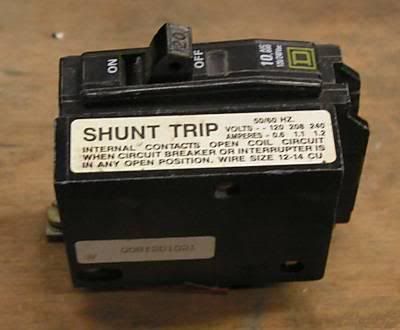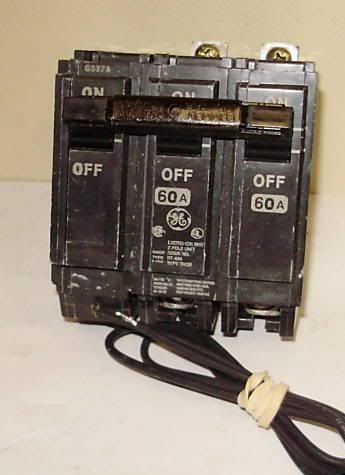Bobhook149
Senior Member
Could someone explain how one of these work. Where would you use it? From what i understand it is a low voltage indicator to trip the breaker or something like that?



Could someone explain how one of these work. Where would you use it? From what i understand it is a low voltage indicator to trip the breaker or something like that?
Could someone explain how one of these work. Where would you use it? From what i understand it is a low voltage indicator to trip the breaker or something like that?
are they required by code? If so, where?
Simple explanation: it's a breaker that can be tripped by remote control.Could someone explain how one of these work. Where would you use it? From what i understand it is a low voltage indicator to trip the breaker or something like that?
Any elevator in a building has a shunt trip breaker if a fire is in the elevator shaft or in the elevator machine it will be shunt tripped by you fire alarm heat detectors in pit or shaft .
yeah i see that being a problem if it does not
I have a question about shunt trip breakers. In post #3, the first breaker pictured says, "Internal contacts open coil circuit when circuit breaker or interrupter is in any open position". Is this true of all or even most shunt trip breakers?
In the directions for installing a trip coil in an I-line breaker, I did not see any labels like the one on 480sparky's breaker.
Thanks for answering my question Wayne. I installed a shunt trip breaker that was tested once and I don't know if the one-time test burned up the coil or not. My crappy meter said the coil was open, with the breaker shut. This meter has read open on other (good)coils, so I'm not real worried.
It is definitely not prudent to presume, let's say. I had to replace a 225a 3p shunt-trip ITE breaker because it had been left energized to trip. The malfunctioning fire-suppression system was stuck on, because an emergency manual push-button was pushed in and latched.In post #3, the first breaker pictured says, "Internal contacts open coil circuit when circuit breaker or interrupter is in any open position". Is this true of all or even most shunt trip breakers?

